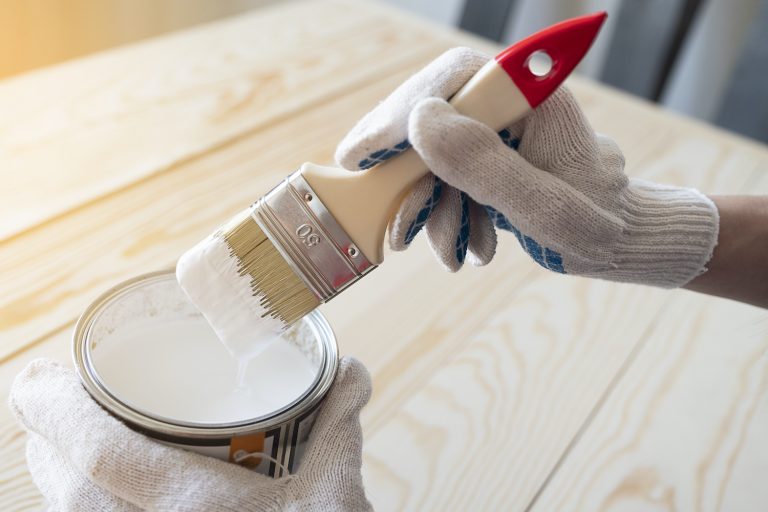There is nothing in life quite like painting especially decorating your home. A fresh coat of paint in an old room can uplift the interior to new heights. Correctly painting a room can also be a fun exercise. Put on some music and you’ll be pleasantly surprised as to how fast the job gets done.
Of course, painting needs to be done in the right way. When you are a beginner, some mistakes are bound to occur. That’s why many homeowners rely on professional painters to do the job on their behalf. These professionals know the correct painting techniques and will avoid making rookie mistakes.
Here are some of those common painting mistakes described in better detail, so you know how to avoid them properly:
1. Not Cleaning the Surface
In life, we sometimes believe that we can just go ahead and start a job without preparation. No one likes to spend more time on a project than need be. When it comes to painting, you need to ensure that you are prepared accordingly. This begins with cleaning the targeted surface.
Painting on a stained surface can provide troubles down the line. The finished coating may appear fragmented, and not in the desired flat and even application. Even if the surface looks like it doesn’t need a quick cleaning via water and soap, it is in your best interest to do it just in case.
2. Forgetting to Use Tape
Painting tape is one of the most important tools for avoiding common painting mistakes. Without it, the final result will appear disjointed and relatively sloppy. The best way to avoid this is to obtain the material and then apply it to any area requiring clean edges. This can range from your door frames to parts around your window. Always prepare accordingly!
3. Using the Wrong Supplies
The process of painting requires the correct tools. This may seem like an obvious step, but many would-be painters often forget the right items prior to the paint job. To conduct a thorough paint job, it is in your best interest to list what is actually needed.
Like the previously mentioned painting tape, you’ll also need the right items that make the process go easier. For example, a roller for higher areas to paint is often essential. Don’t forget to acquire some old towels to lay on the ground; painting inevitably gets messy!
4. Painting the Ceiling Last
Conventional wisdom, as it pertains to painting, sometimes leads us to the wrong line of thinking. This sentiment applies to painting the ceiling. If you plan on giving this area a fresh coat of paint, do it first. Otherwise, you risk allowing the paint to drip onto the walls and surfaces you already painted prior.
5. Painting a Wet Surface
Paint jobs sometimes need to be done in two coatings to create a clean, smooth result. We may, often on a whim, attempt to expedite this process by quickly applying a second coat after the first has been completed. If the first coating hasn’t properly dried, then you may risk doing an improper paint job.
The best way to avoid this is to ensure that, after cleaning the surfaces, the first coating has dried thoroughly. A bad paint job over wet surfaces can lead to peeling over time. You don’t want all of your hard work here to go to waste!
6. Forgetting To Use Primer
Primer, like painting tape, is one of the most important supplies to have on hand prior to painting. Unfortunately, we may occasionally believe that it is an unnecessary step of the process. Not only is it vital to the practice, it allows all applied coatings to appear more vibrant when finished and will elevate your hobby of custom framing.
Applying a coat of primer is essential, especially if you’re painting over a different or darker colour. It is also required in cases where there are stains on the surface that can’t be readily cleaned off before you start the paint job. In any event, always be sure to use it, and you’ll thank yourself later when the result looks stellar.
7. Declining a Touch-Up
When the entire process has finished, you should first pat yourself on the back. Painting is a strenuous process, but it is relieving once completed. However, a truly successful paint job will periodically require touch-ups here and there.
It is best to save some leftover paint in the relevant can in case of a needed touch-up. You won’t have to initiate the entire process again either. Just grab a small paintbrush and apply the paint in areas that need an extra bit of coating. Neglecting this final part of the process means your paint job won’t be as complete as it could be!
Most of us believe the process of painting can be daunting, as it can be exhausting. This is only because several significant blunders can happen during the procedure. However, with the right preparation, you can avoid these mistakes on your way to a successful paint job!

